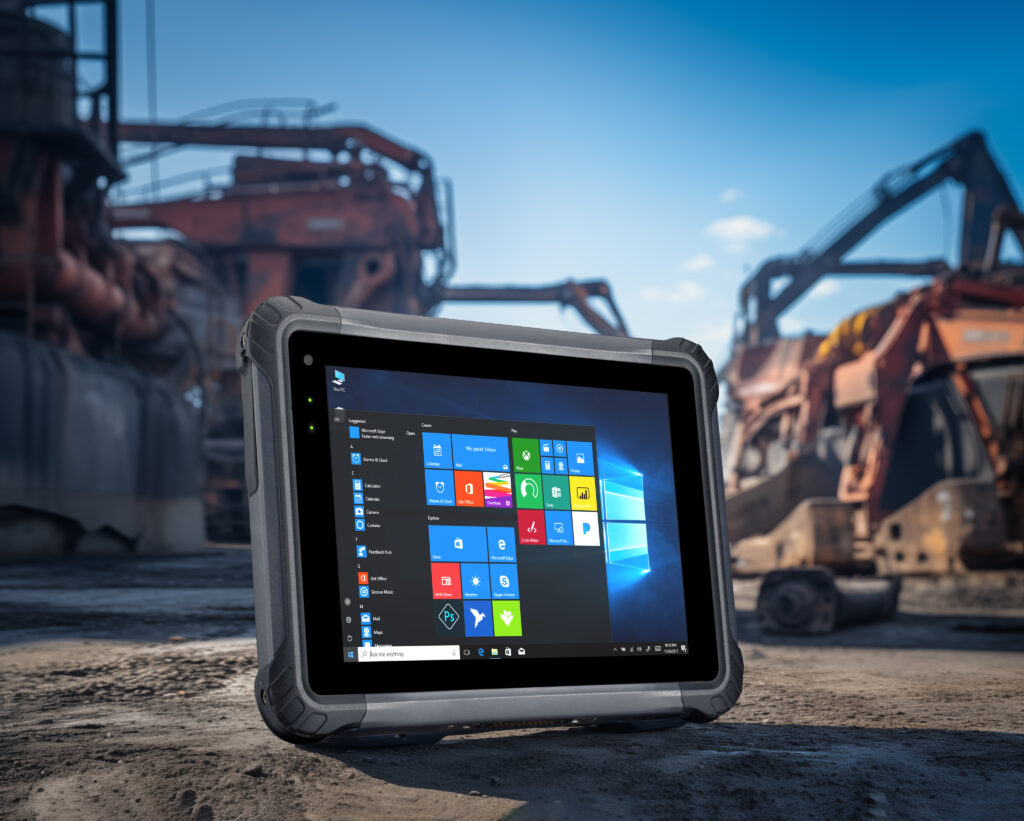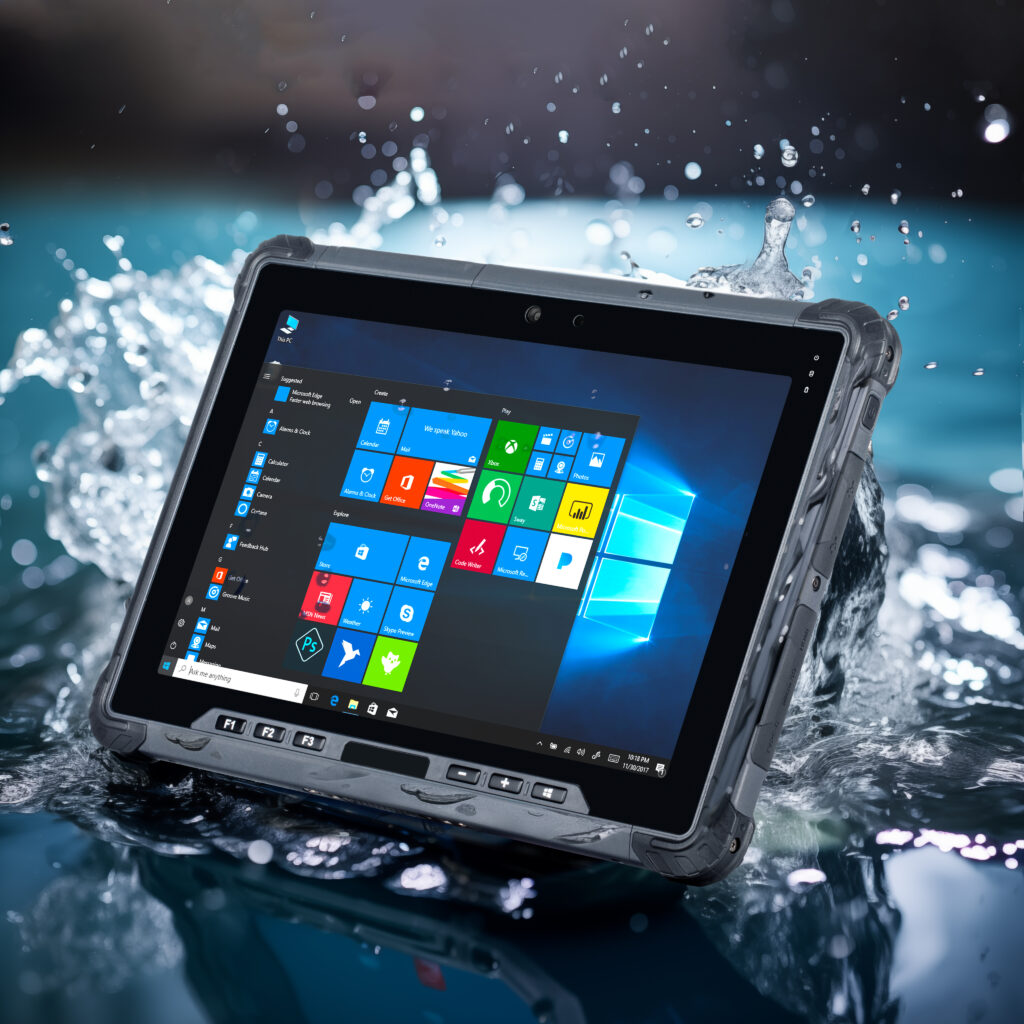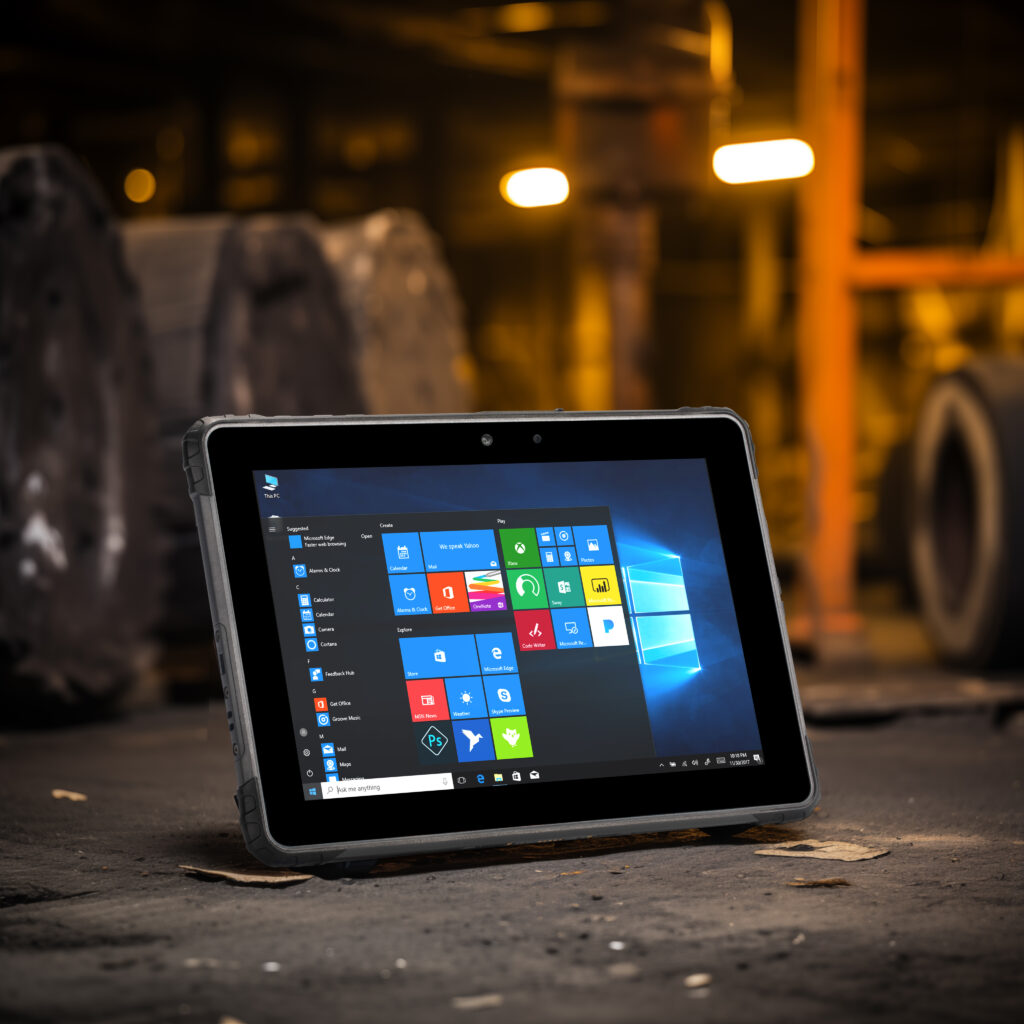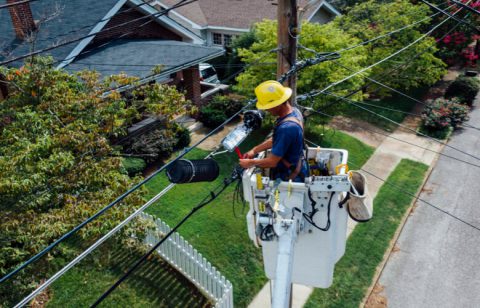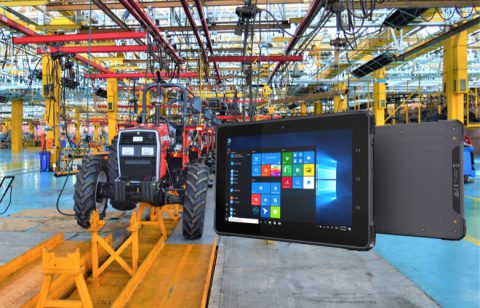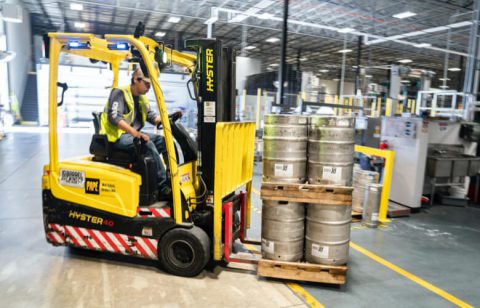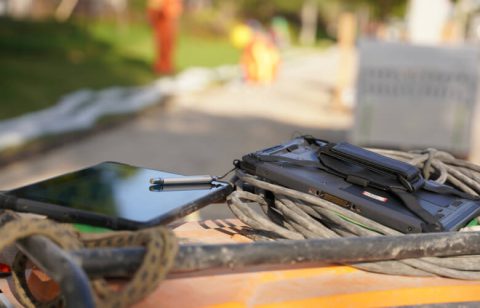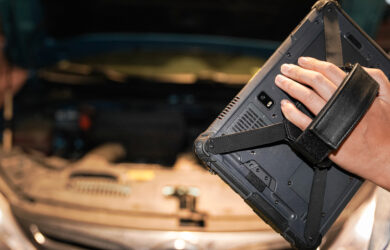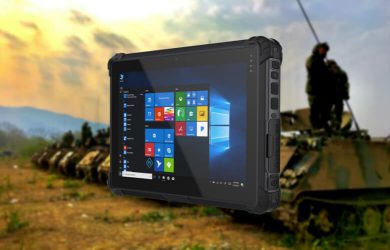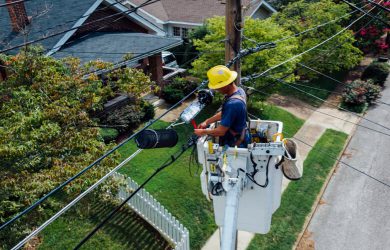Husbandry
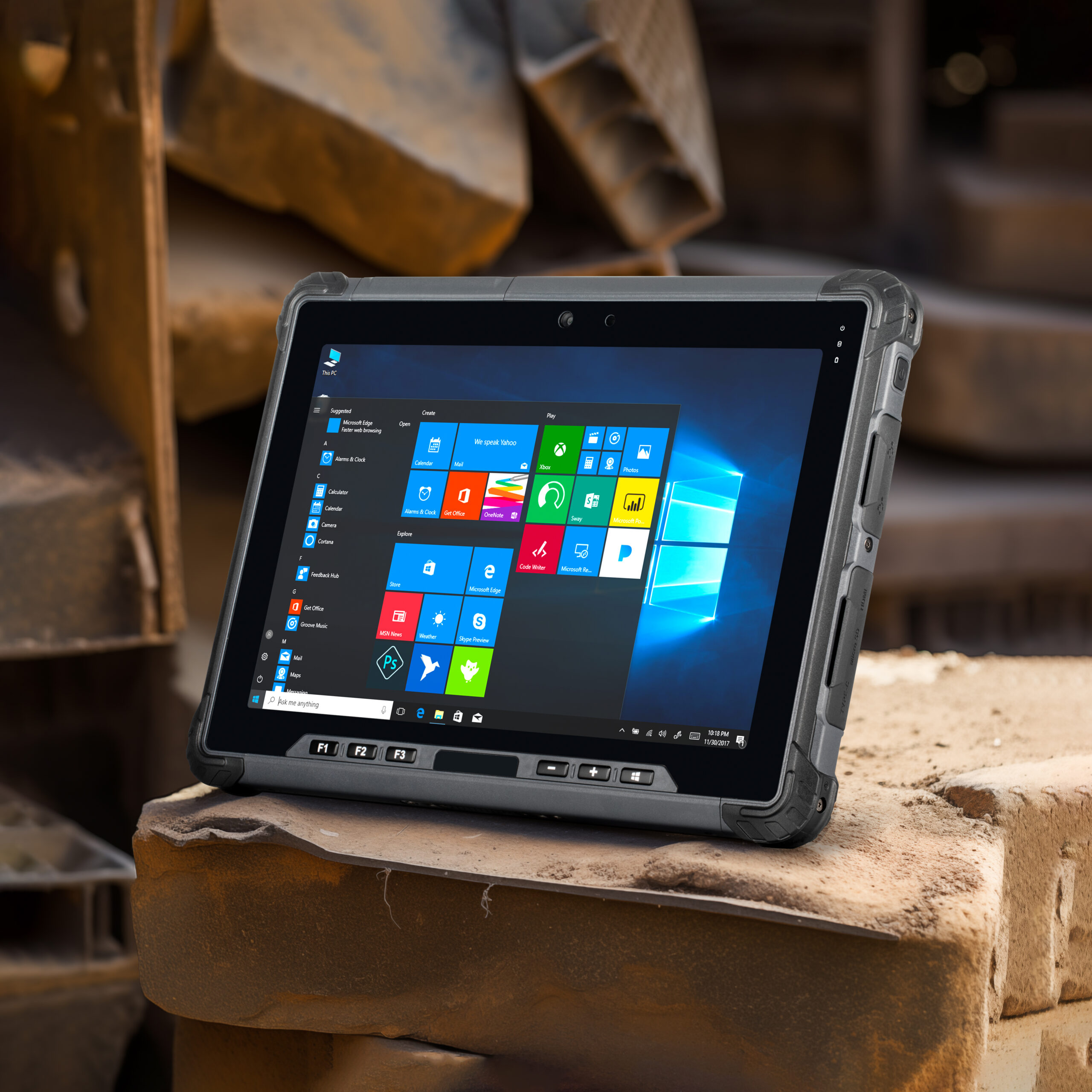
In the ever-evolving landscape of animal husbandry, technology is playing a pivotal role in enhancing efficiency, improving data management, and ultimately transforming the way farmers care for their livestock. Rugged handheld devices and tablets have emerged as indispensable tools in the hands of modern livestock managers. This article explores the diverse applications of rugged devices in animal husbandry, shedding light on their impact on livestock health, data-driven decision-making, and overall farm management.
Real-Time Livestock Monitoring
Rugged handheld devices and tablets empower livestock managers with real-time monitoring capabilities. Equipped with advanced sensors, these devices allow farmers to closely track the health, behavior, and movement patterns of their animals. By receiving immediate alerts for any deviations or anomalies, farmers can proactively address potential issues, ensuring the well-being of the livestock.
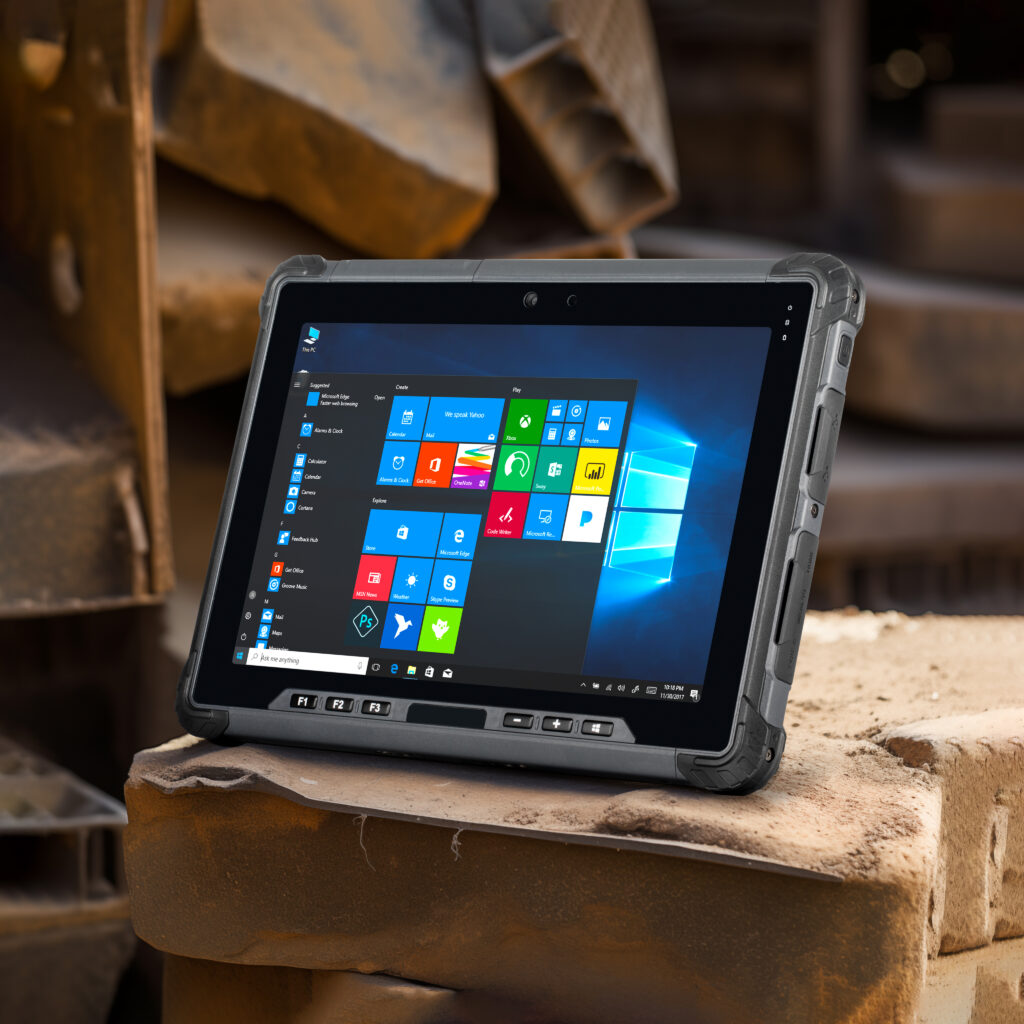
Data-Driven Health Management
Gone are the days of manual record-keeping in animal husbandry. Rugged devices enable farmers to manage health records, vaccination schedules, and breeding information digitally. This not only eliminates the risk of data loss but also facilitates data-driven health management. Farmers can analyze trends, identify patterns, and make informed decisions to optimize the health and productivity of their livestock.
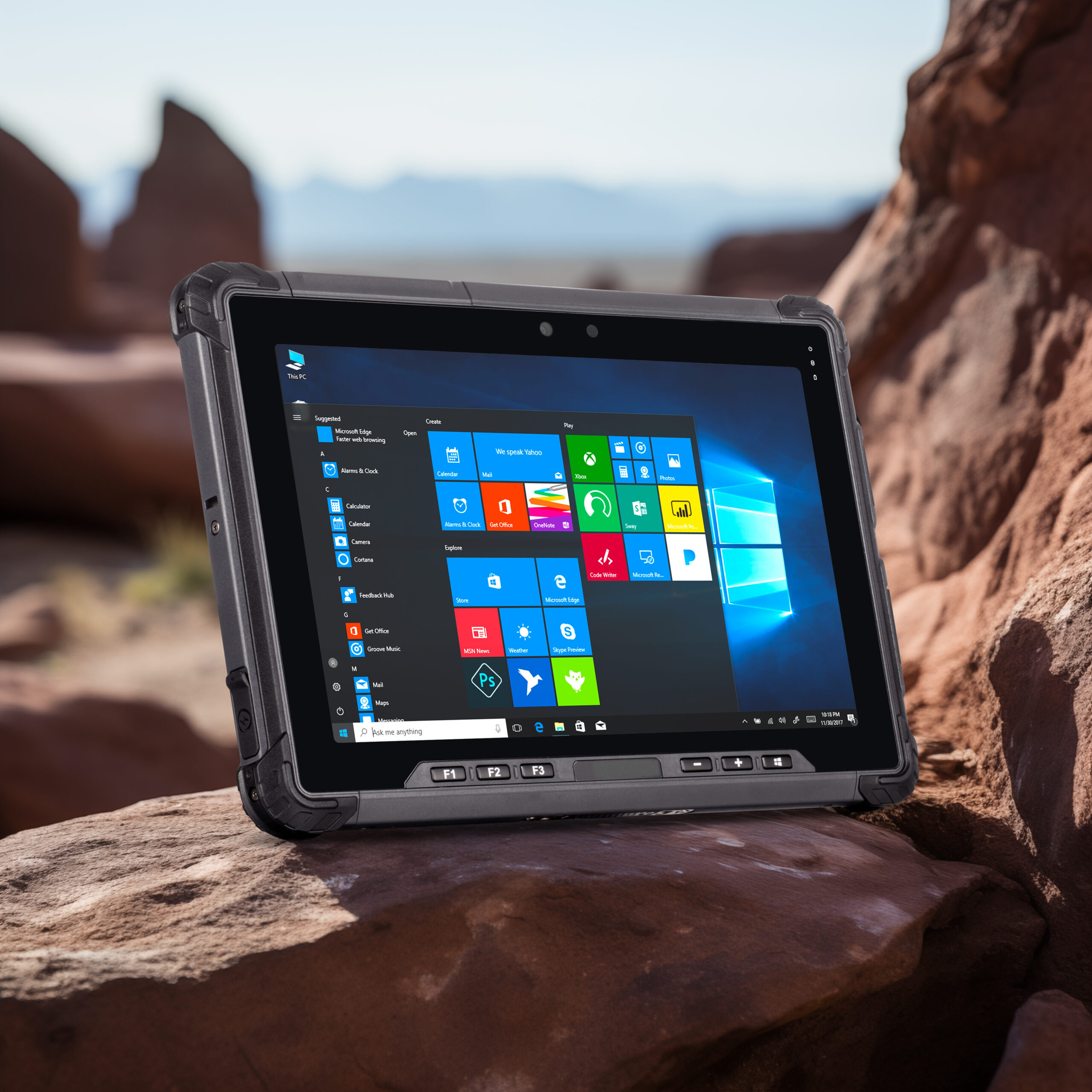
Precision Feeding and Nutrition
Rugged tablets play a crucial role in precision feeding and nutrition management. By integrating with feeding systems and sensors, these devices enable farmers to create personalized feeding plans for each animal based on their nutritional requirements. This precision approach not only improves the health of the livestock but also minimizes feed wastage, contributing to cost-effective farm management.
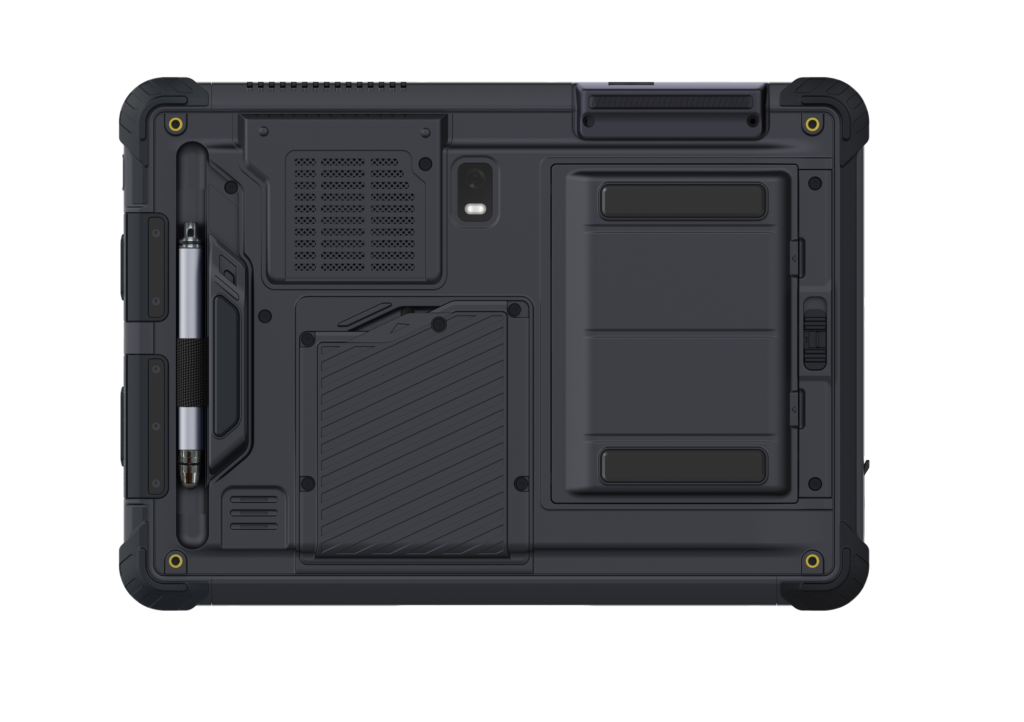
Environmental Monitoring for Livestock Comfort
Creating an optimal environment for livestock is essential for their well-being and productivity. Rugged devices equipped with environmental sensors provide real-time data on factors such as temperature, humidity, and air quality within barns or enclosures. Livestock managers can make informed adjustments to ensure a comfortable and stress-free environment for their animals.
Task Automation for Operational Efficiency
Rugged handheld devices contribute to operational efficiency by enabling task automation. Routine activities like feeding, watering, and health checks can be automated through these devices, allowing farmers to focus on more complex aspects of animal husbandry. Automation not only saves time but also reduces the risk of human error.
